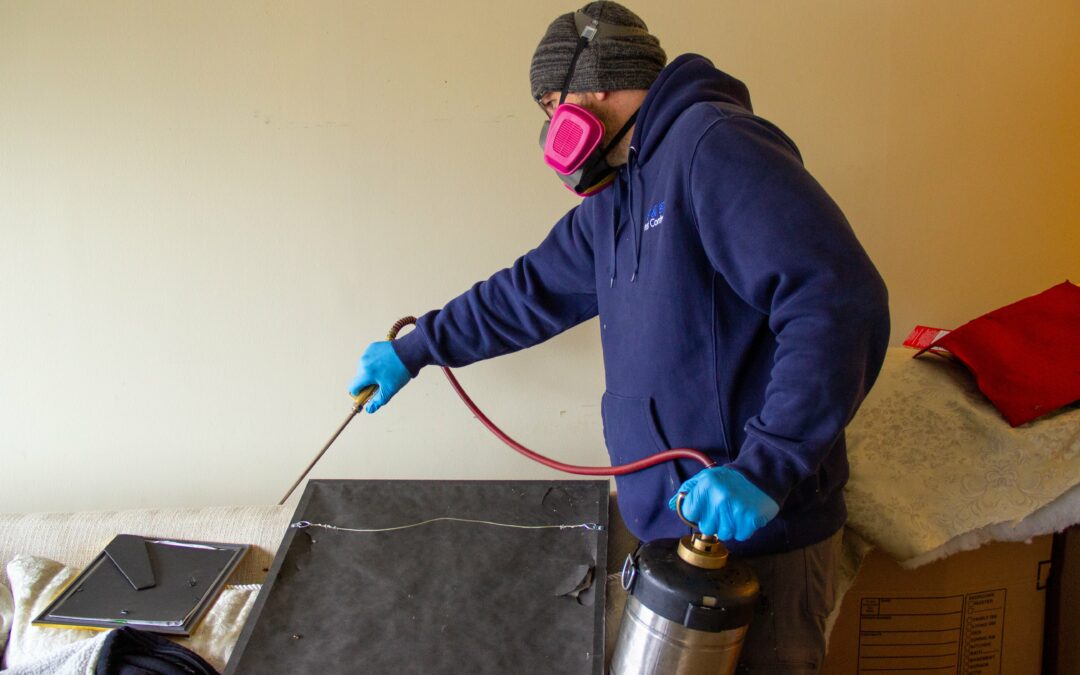Numerous over-the-counter insecticides and insecticide-based bait products are available to consumers for use within homes and on landscapes. Some of these over-the-counter insecticides may be useful for eliminating some types of insect pests during the early stages of infestation, but research has shown that store-bought insecticides are largely ineffective at eliminating extensive infestations. Store-bought insecticides are also wholly inadequate for eliminating insect pests like bed bugs, German cockroaches, mosquitoes, termites, and indoor-nesting ant pests. When it comes to eliminating extensive insect pest infestations, only professional-grade insecticides will be effective. However, many insect pests cannot be adequately controlled with professional-grade insecticides alone, and this is obviously the case when it comes to controlling insecticide-resistant pests. This is why the pest control industry has adopted the integrated pest management (IPM) approach, which involves the use of multiple non-chemical tactics for insect pest control.
During the first few decades following the widespread establishment of the private pest control industry, pest control professionals relied solely on chemical insecticides for eliminating indoor insect pest infestations. Once it became clear that insect pests were developing a resistance to chemical insecticides, the IPM approach was developed as a replacement. IPM focuses on the elimination of conditions that are conducive to insect pests within and around homes, such as high moisture, unsanitary settings, and improperly stored food. Exclusion is another important component of IPM, and it involves the elimination of all potential entry points on a home that insect pests could exploit to gain indoor access. The primary principle of IPM is to keep chemical insecticide use as minimal as possible, and modern pest control professionals only consider chemical insecticides as a last resort.
In many infestation cases, insecticide use is not necessary, but when it comes to combating infestations of more stubborn insect pests like bed bugs, pest control professionals may use minimal amounts of insecticide only as a supplement to other control methods. For example, high heat treatments will eliminate most, if not all bed bugs from infested structures, but occasionally, a few bed bugs survive by securing shelter within cracks and crevices that keep the pests insulated from lethal temperatures. Pest control professionals address this problem by applying small amounts of insecticide to common bed bug harborages during high heat treatments. Consumers should be aware that over-the-counter insecticides and other chemical-based pest control products will not address the cause of pest issues; instead, homeowners should familiarize themselves with IPM tactics in order to keep insect pests out of their home permanently.
Are you familiar with IPM?

